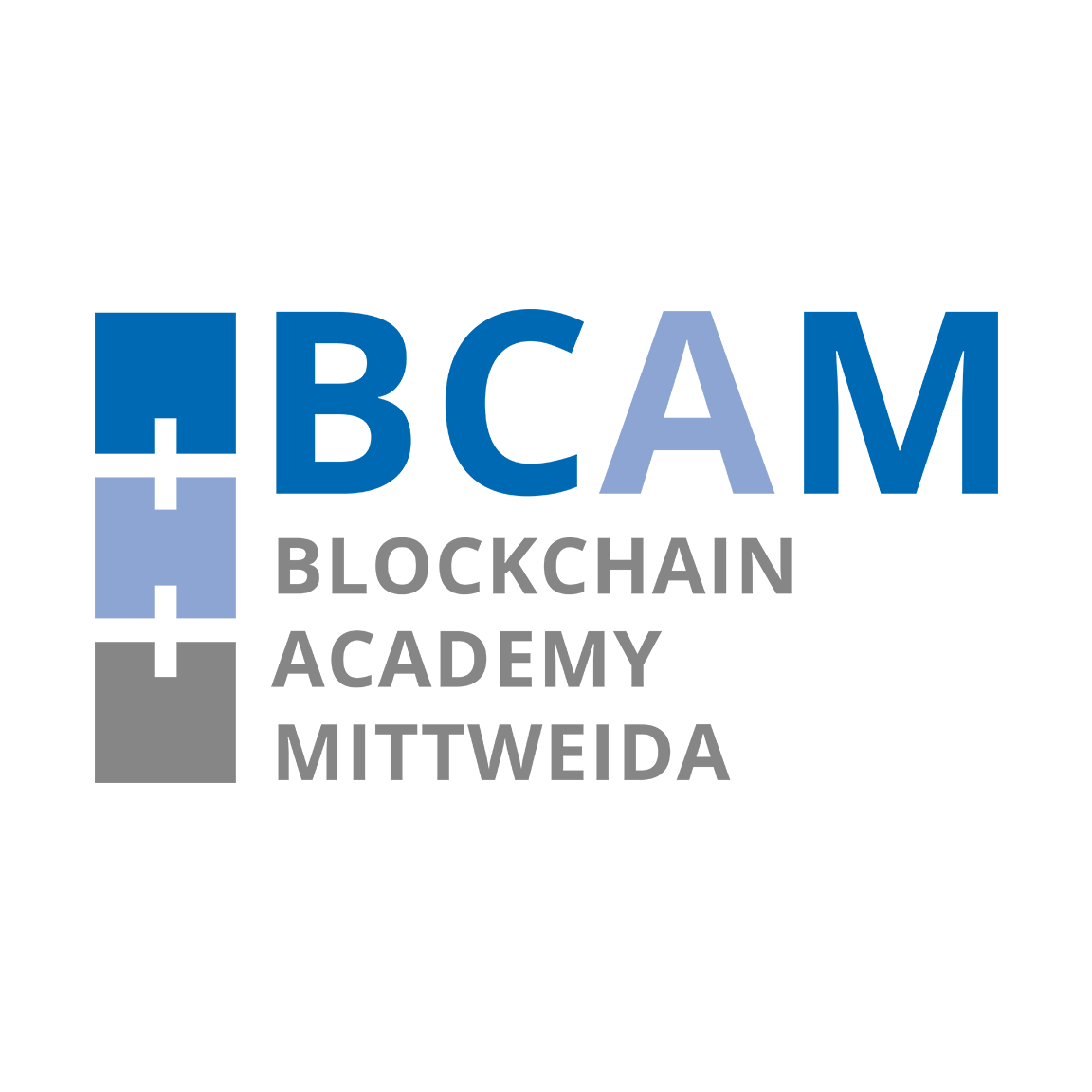Blackmail
Last Updated on 20. March 2023 by Martin Schuster
Some methods are aimed to blackmail people. Here you can distinguish between a “true” and an “empty” threat. In the first case, so-called ransomware is used, for example. This type of malware partially or completely blocks access to a device or files by encrypting them until a ransom is paid. Experience shows that even after a payment is made, the device is not unlocked, which is why it is not recommended to pay a ransom. However, this can also include when an attacker specifically blackmails a person with stolen data (pictures, e-mails, etc.).
In the second case, it is usually randomly claimed that compromising material will be published or sent to contacts from the private e-mail list if a certain amount of cryptocurrency is not transferred. Such empty threats should be ignored, as they are usually just made up.

 Register
Register Sign in
Sign in